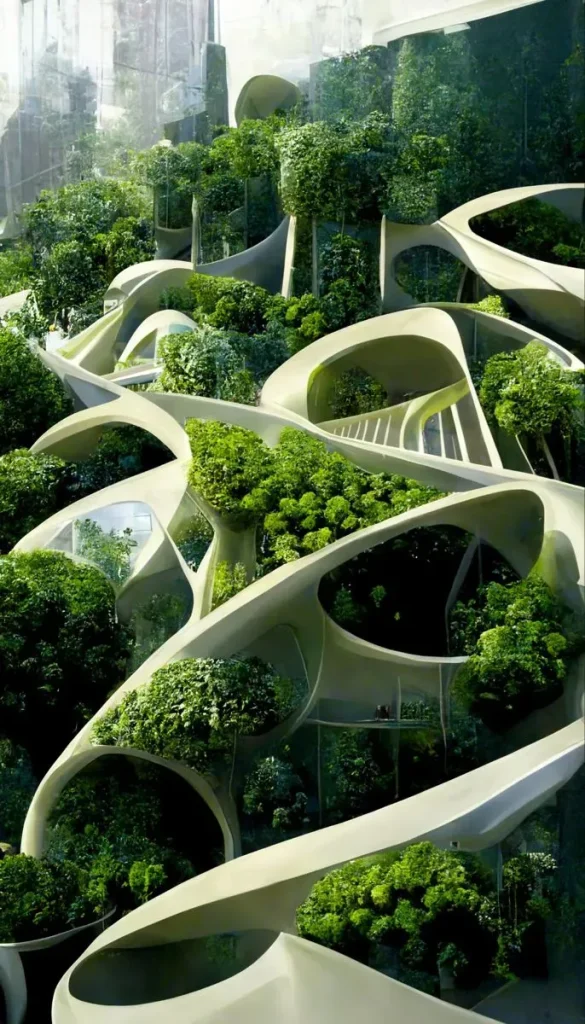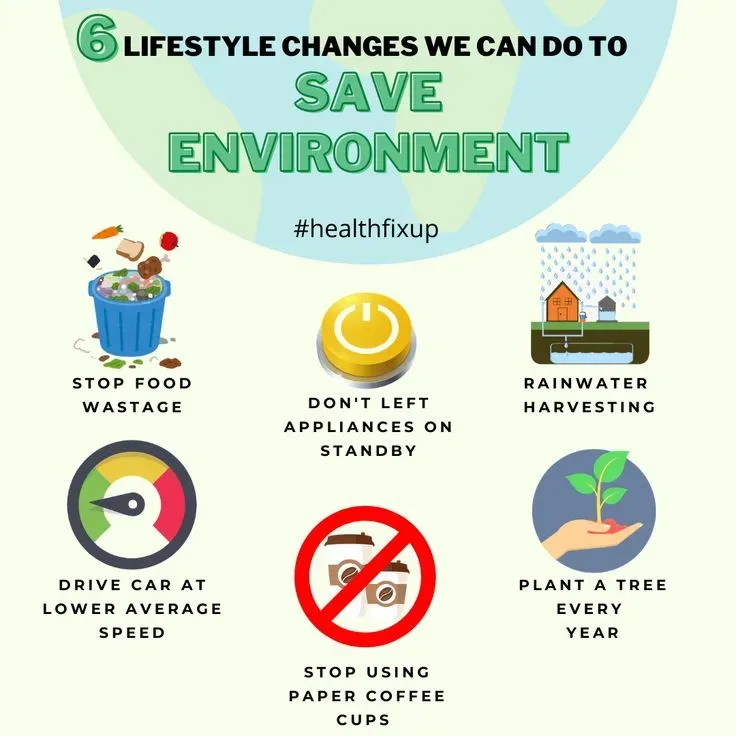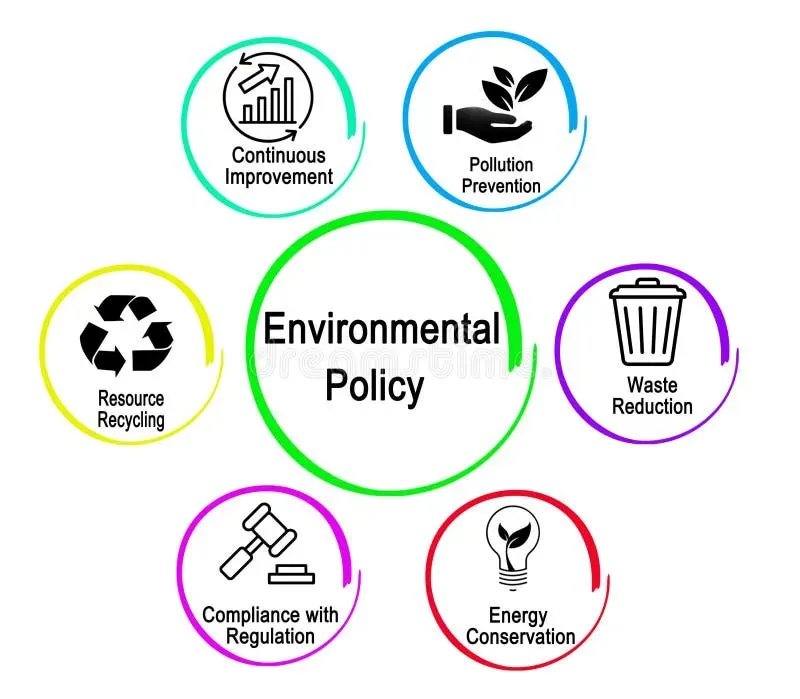Urban design that works with nature is more than a slogan—it’s a practical approach to shaping neighborhoods that harmonize with ecosystems while delivering healthier communities, more equitable access to green space, and more resilient infrastructure that can withstand heat, flood, and drought, all while preserving cultural character; this requires policy alignment, long-term stewardship, and a shift toward outcomes that measure health, resilience, and livability for people across ages and incomes. This framework aligns with sustainable urban design by prioritizing permeability, multimodal connectivity, mixed-use density, and restorative landscapes that absorb carbon, cool streets, and reduce energy demand, thereby helping cities adapt to evolving climates without sacrificing vitality or economic opportunity; in practice, this means flexible design standards, pilot projects, and performance metrics that value shade, air quality, and community well-being as much as footprint and density. By weaving nature-based solutions into streets, roofs, waterways, and parks, cities can foster biodiversity, support mental and physical well-being, improve air and water quality, and create equitable access to safe, attractive public space, while inviting residents to participate in the care and stewardship of their surroundings; community gardens, urban farms, and pollinator corridors illustrate how scale and care intersect. Green infrastructure and biophilic design are not add-ons but core gears in a living city, connecting neighborhoods through shaded routes, rain gardens, bioswales, and edible landscapes that cool public spaces, manage stormwater, and enrich daily experience with a palpable sense of place; maintenance and governance models that distribute ownership and responsibility help keep green spaces vibrant, while co-design with residents ensures spaces reflect local culture, needs, and aspirations. Across climate-resilient cities, this approach translates into cooler streets, healthier urban habitats, and more resilient districts, unlocking opportunities for inclusive collaboration among planners, businesses, and residents as they co-create urban futures that work with nature rather than against it; this integrated ethic benefits public health, economic vitality, climate justice, and the capacity of cities to thrive beside the ecosystems they depend on.
Urban design that works with nature: Integrating ecology into city life
Urban design that works with nature shifts the focus from building around problems to designing with ecological processes. By applying sustainable urban design principles, cities can weave water, soil, and greenery into streets, blocks, and districts, creating conditions where ecosystems and people thrive together. This approach reduces heat, flood risk, and pollution while boosting biodiversity, well-being, and productivity.
Practical implementation rests on nature-based solutions at multiple scales. From permeable pavements and bioswales to green roofs, pocket parks, and urban forests, these interventions form a connected network that cools streets, filters air and water, and supports pollinators. Designing with nature also means prioritizing biophilic design—bringing natural light, plant life, water features, and views of greenery into daily experiences—so places feel restorative and welcoming.
Nature-Based Solutions, Green Infrastructure, and Climate-Resilient Cities
Nature-based solutions and green infrastructure are not optional add-ons; they are core components of climate-resilient cities. By mimicking natural hydrology and creating blue-green corridors, cities manage rain, reduce urban heat islands, and improve groundwater recharge. This synergy with sustainable urban design helps cities adapt to climate variability while delivering co-benefits for health, equity, and economic vitality.
Realizing these benefits requires policy, finance, and community engagement. Flexible zoning and building codes enable green infrastructure deployment; blended finance supports multi-benefit projects; and inclusive planning ensures local needs shape projects. Case-study inspired best practices—like water plazas, green roofs, and street trees—show how nature-based solutions scale from neighborhoods to districts to whole cities, strengthening resilience and livability.
Frequently Asked Questions
What is urban design that works with nature, and how does it support climate-resilient cities and sustainable urban design?
Urban design that works with nature integrates natural processes into the urban fabric, leveraging nature-based solutions, green infrastructure, and biophilic design to reduce heat, manage storms, and boost biodiversity. By aligning streets, buildings, and open spaces with natural hydrology and ecological flows, it helps create climate-resilient cities and advances sustainable urban design. The approach emphasizes water-sensitive design, adaptive infrastructure, and equitable access to green space as core outcomes.
What are practical nature-based solutions in urban design that works with nature, and how do they benefit residents?
Practical nature-based solutions in urban design that works with nature include green roofs and living walls, permeable pavements and bioswales, urban forests and street trees, green corridors, and water-sensitive design. These features cool urban areas, filter air and water, reduce flood risk, and enhance biodiversity, while supporting mental and physical health and expanding equitable access to nature for all residents.
| Key Point | Description |
|---|---|
| Principles: Integrate nature at every scale | From street trees and pocket parks to large urban forests and blue-green corridors, nature becomes part of the core urban fabric. |
| Connected network | Green spaces and water features link neighborhoods so people and ecosystems can move and adapt. |
| Design with water in mind | Water-sensitive urban design uses natural hydrology, permeable surfaces, bioswales, and rain gardens to manage storms and recharge aquifers. |
| Biodiversity | Diverse plantings and habitats support pollinators and wildlife, enriching urban life and resilience. |
| Adaptive infrastructure | Buildings, roads, and utilities that can adjust to climate variability reduce long-term maintenance costs. |
| Empower communities | Inclusive planning processes ensure residents, businesses, and local organizations co-create spaces that reflect needs and values. |
| Nature-based solutions in practice | Nature-based solutions provide cooling, filtration, carbon sequestration, and health benefits through natural processes. |
| Green roofs and living walls | Reduce energy demand, absorb rainfall, and create habitats while offering people places to connect with nature. |
| Permeable pavements and bioswales | Let rain infiltrate rather than run off, reducing flood risk and supporting groundwater recharge. |
| Urban forests and street trees | Canopy shade lowers temperatures, improves air quality, and enhances aesthetic value. |
| Green corridors and pollinator pathways | Linked green spaces support biodiversity and safe wildlife movement in cities. |
| Water-sensitive urban design | Integrated rainwater harvesting and stream restoration restore hydrology and reduce sewer overflows. |
| Green Infrastructure & management | An interconnected system protecting people and property while delivering ecosystem services. |
| Biophilic design | Connects people with nature daily to boost mood, creativity, and productivity. |
| Case studies | Singapore, Copenhagen, Rotterdam, and Medellín illustrate practical, nature-forward urban design outcomes. |
| Policy, finance & community engagement | Cross-sector collaboration, flexible regulations, financing, community empowerment, and monitoring. |
| The road ahead | These approaches build cooler, healthier, more equitable, and climate-resilient cities. |
Summary
Urban design that works with nature offers a path to cooler, healthier, and more equitable cities. This approach weaves natural processes into streets, neighborhoods, and buildings to reduce heat, flood risk, and pollution while boosting biodiversity, wellbeing, and productivity. The road ahead depends on collaboration, data-informed planning, and multi-benefit policies that reward sustainable, nature-forward urban development.



